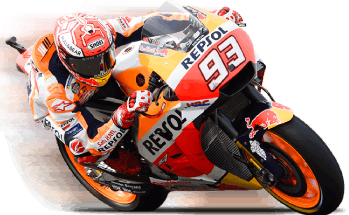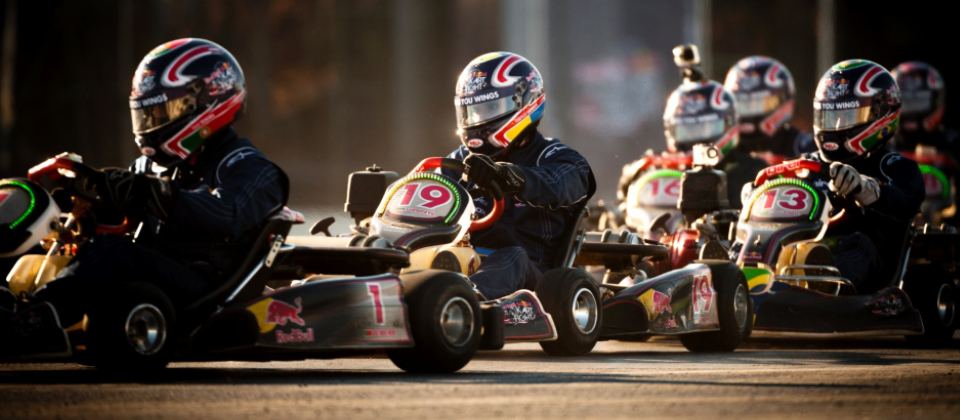The world of motorsports is full of twists and turns, thrills, and spills. It is a spectacle of roaring engines, screeching tires, and the ultimate test of engineering marvels. From the dusty terrains of rally racing to the smooth asphalt of Formula One, motorsports is the epitome of extreme sports, combining the exhilaration of speed with the relentless pursuit of perfection.
However, as with any sport, the road to becoming a motorsport professional is paved with challenges. It requires rigorous training, an in-depth understanding of various types of motorsports, and the courage to face the inherent dangers of the sport. This article provides an insight into the various types of motorsports and their unique challenges, guiding enthusiasts on their journey to mastering the thrill.
Different Types of Motorsports Racing
Motorsports racing is a broad spectrum, with numerous types of motorsports catering to different skill sets and preferences. These include the globally renowned Formula One, the rugged Rally Racing, the intense MotoGP, and the endurance-testing Le Mans, among others.

Formula One, arguably the most popular type of types of motorsports racing, is known for its high-speed, technologically advanced cars and glamorous races held around the world. It tests the skill of drivers to the maximum, demanding precision, quick decision-making, and sheer speed.
Rally Racing, on the other hand, is a form of off-road racing, with drivers navigating through challenging terrains such as deserts, snow, and gravel. Unlike Formula One, where races are held on predefined tracks, Rally Racing is unpredictable and tests the driver’s ability to adapt to varying conditions.
MotoGP is the pinnacle of motorcycle racing, with the world’s best riders competing on high-performance bikes. It requires exceptional control, balance, and a different set of skills compared to car racing.
Lastly, the Le Mans is a grueling 24-hour endurance race testing the stamina and resilience of both the drivers and their machines. It is a testament to the durability of motorsport cars and the mental strength of the drivers.
The Unique Challenges in Different Types of Motorsports Racing
The world of motorsports is filled with numerous unique challenges. These include the physical demands of the sport, the mental strain, technical understanding, and the inherent risks involved in the sport.
Physical fitness is a key requirement in all types of motorsports racing. Drivers need to have a high level of cardiovascular fitness, strength, and endurance to withstand the physical demands of racing. They also need excellent hand-eye coordination, quick reflexes, and sharp vision.
Mentally, drivers need to be highly focused, with the ability to make split-second decisions under extreme pressure. They also need to have a high level of resilience, with the ability to bounce back from setbacks and maintain composure in the face of adversity.
Technical understanding is also crucial in motorsports. Drivers need to have a thorough understanding of their vehicles, including their mechanics, capabilities, and limitations. They also need to understand the dynamics of the race, including track conditions, weather, and strategies.
Different Types of Motorsports Racing Cars
Different types of motorsports racing require different types of motorsports cars. Formula One cars, for instance, are aerodynamic, lightweight, and designed for high-speed track racing. They are equipped with advanced technology, including hybrid power systems, energy recovery systems, and complex aerodynamics.

Rally cars, on the other hand, are built for durability and adaptability. They are designed to withstand a variety of terrains, from gravel and mud to snow and tarmac. They are typically four-wheel-drive vehicles equipped with robust suspension systems, reinforced bodies, and powerful engines.
Endurance racing cars, such as those used in Le Mans, are designed for reliability and fuel efficiency. They need to withstand the rigors of a 24-hour race with a balance of speed, durability, and efficiency.
Motorcycle racing, such as MotoGP, uses high-performance bikes designed for speed, agility, and rider control. They are lightweight, with powerful engines, sophisticated suspension systems, and advanced aerodynamics.
Training for Different Types of Motorsports
Driving skills are honed through practice, with drivers spending countless hours on the track, mastering their control, precision, and speed. They also learn about different racing strategies, understanding when to push hard and when to conserve energy.
Understanding the sport requires a deep dive into the technical aspects of all types of motorsports cars, the dynamics of the race, and the prevailing rules and regulations. Drivers need to understand their vehicles inside out, including their capabilities, limitations, and how to handle them under different conditions.
In addition to physical and technical training, drivers also undergo mental training. This involves developing mental toughness, resilience, and the ability to make quick decisions under pressure. Mental training also includes managing stress and maintaining focus during long and grueling races.
Safety Measures in Various Types of Motorsports
Drivers are required to wear safety gear, including helmets, fire-resistant suits, gloves, and boots. They also use devices such as the HANS device (Head and Neck Support), which protects the driver’s head and neck in the event of a crash.
Safety regulations in motorsports are stringent, with strict rules regarding vehicle specifications, track safety, and driver behavior. Penalties are imposed for any violations, emphasizing the importance of safety in the sport.
Advances in vehicle safety technology have also contributed to improving safety in motorsports. These include the use of crash structures, roll cages, and energy-absorbing materials in the construction of the vehicles. In addition, advanced braking systems, traction control, and tire technology have also improved vehicle control and safety. The measures are requested for all types of motorsports cars.
Conclusion
Mastering the thrill of motorsports is a journey of passion, dedication, and relentless pursuit of excellence for speed lovers. It requires a deep understanding of the various types of motorsports racing, rigorous training, and the courage to face the inherent challenges of the sport. However, with the right mindset, preparation, and commitment, the world of motorsports offers an exhilarating journey filled with adrenaline, excitement, and the ultimate thrill of speed.

